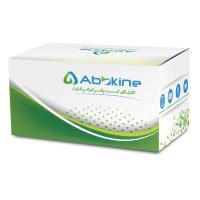Sampling Water Bodies: Tangential Flow Filtration
互联网
522
The study of microbial community structure via analysis of total community DNA, or by the application of fluorescent oligonucleotide probes by fluorescent in situ hybridization, has become a valuable tool for understanding microbial diversity and abundance in a range of environments. However, one of the major limitations to research into microbial communities, and consequently the detection of microorganisms in the environment, is an inability to isolate and culture the vast majority of microorganisms. Because of the nonrepresentative nature of culturable techniques, sampling the “total” community is often the preferred option. Soil is a difficult medium to process and offers many impediments, particularly with respect to removal of cells from the soil matrix, whereas water is probably the most amenable medium to sample and process. The study of microbial community structure requires a representative sample of that community for processing in a form that is free from contaminants that will interfere with the analysis. This section details the contribution that tangential flow filtration (TFF) can make to this goal.








